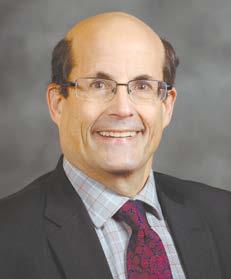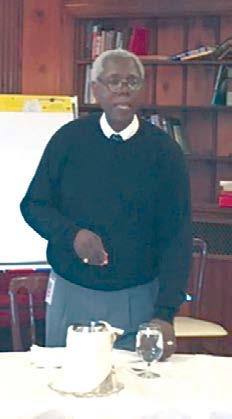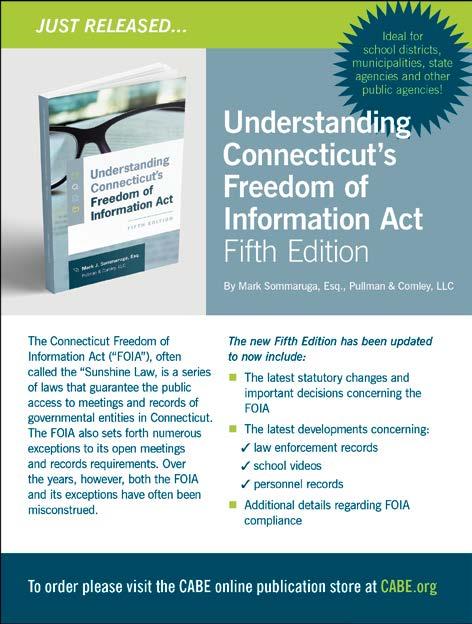
3 minute read
Never criticize others in public
by Hannah Borowiec, Project Manager, Baldwin Media Marketing, LLC TRENDING: Why Practicing Your Public Speaking Skills Matters
For many people, the idea of addressing a crowd is off-putting and according to most studies, public speaking is the most common fear. Death is number two. As board members, more often than not, you will find yourself speaking in front of a crowd at an event whether big or small.
Advertisement
In order to shake off the nerves and effectively communicate your message to your intended audience, the steps listed below will ensure confidence and clarity while speaking. Whether you are a board member or superintendent of schools, honing your public speaking skills will only help you perform better. If you are looking to enhance your public speaking skills, here are a few steps to consider that will help you be more confident.
1. Prepare and Practice – As we’ve all heard before, practice makes perfect. The best thing you can do before your presentation is to prepare your material and then practice your delivery and timing. Start by looking at yourself in the mirror; you will notice any visual discomfort in your movements or facial expressions. 2. Dress Appropriately – Know your audience and dress appropriately for your specific situation.
3. Arrive Early – Arrive at your destination early. This doesn’t mean stay in your car and wait out the clock. If you are prepared, you should be able to walk in feeling confident. Use the restroom, drink water and adapt to your surroundings.
4. Take a Deep Breath – Before you are about to stand, inhale and exhale twice. This will control your heart rate and relax your body.
5. Embrace the Fear – Instead of trying to fight off the fear, embrace it. Once standing, scan your audience and make eye contact with a few people from different areas in the room. As you begin, continue to look for friendly faces and remember to smile!
Turning your nervous energy into positive enthusiasm will draw your audience in, while maintaining a strong physical presence.
“If your actions inspire others to dream more, learn more, do more and become more, you are a leader.” – President John Quincy Adams
CABE STRATEGIC PLAN (continued from page 5)
tive of the public, the media and legislators on the essential nature and work of School Boards • Broaden the knowledge of the responsibilities of Boards of Education across the State • Build awareness, understanding and support for CABE’s mission, work and impact among member districts, prospective member districts, other K-12 education leaders, elected officials, and others Work on many of these initiatives has already begun. For the full Strategic Plan, go to: bit.ly/2P8FAW2.
Code of Conduct
The Board also approved a Code of Conduct for boards, focused on civility and meeting protocol. It grew out of the work of the Association pursuant to our Civility resolution, adopted in 2018, which “urges public officials at all levels of government to model civil discourse in their deliberations, allowing for the thoughtful, beneficial, and productive exchange of ideas and perspectives. CABE urges school boards to provide opportunities for students to develop their skills in conflict resolution and consensus building, and for school board members.”
The Civility resolution was also adopted by the National School Boards Association at its Delegate Assembly. The Code provides expectations for all Board Members such as: • seeking improvement of education throughout the State;
• recognizing the importance of an effective governance team; • understanding that a Board Member has no authority as an individual; • ensuring that all viewpoints are considered; and, • modeling civility The Meeting Protocol includes valuing the equal participation of all members, listening actively, focusing on the merits of the issue, and coming to meetings adequately prepared. The Code of Conduct is contained in #9273(a) in CABE’s online core manual and is also available on request.








